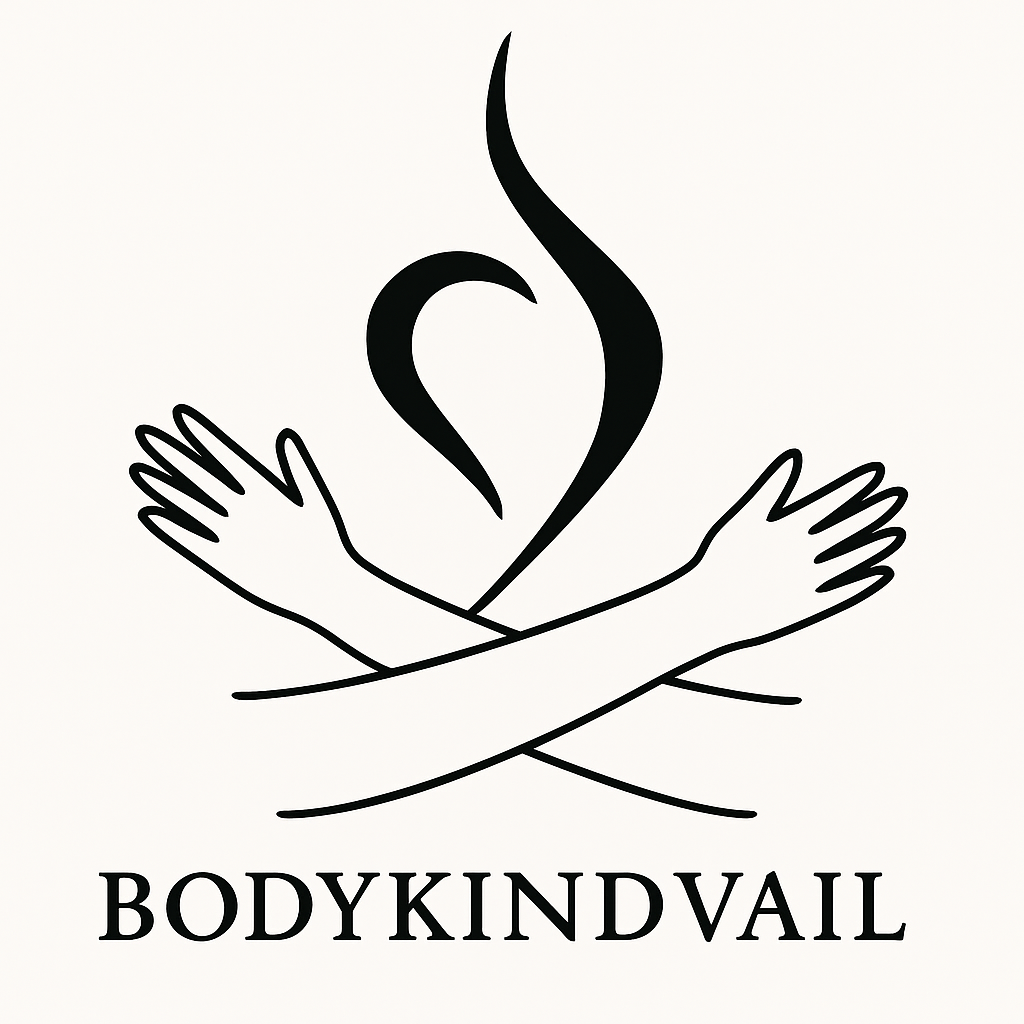Eating Disorders in Marginalized Communities
For far too long, eating disorders have been narrowly stereotyped as illnesses affecting only affluent white women. This misconception is not only incorrect—it’s deeply harmful. It erases the very real and urgent experiences of individuals from marginalized communities who often suffer in silence due to stigma, underdiagnosis, and systemic inequities in health care.
At BodyKind Vail, we are committed to shifting this narrative. Eating disorders are complex and can impact anyone—regardless of race, gender identity, sexual orientation, or socioeconomic status. Marginalized groups often face unique risk factors and barriers to care that are overlooked in mainstream conversations. It’s time to recognize these realities and foster change through equitable, affirming, and community-based support.
LGBTQ+ Communities and Eating Disorders
Members of the LGBTQ+ community face disproportionately high rates of eating disorders. According to the ACUTE Center for Eating Disorders, 42% of men with eating disorders identify as gay, and gay men are up to 12 times more likely to report binge eating than their heterosexual counterparts. Additionally, gay and bisexual adolescent boys report significantly higher rates of fasting, purging, and misuse of diet pills or laxatives to control weight.
Media portrayals and dating culture within gay communities often idealize lean or hyper-muscular bodies, pressuring individuals to conform through disordered behaviors such as restriction, compulsive exercise, or purging. These pressures are intensified by broader societal discrimination and rejection, which can cause lasting psychological harm.
Transgender individuals are particularly vulnerable. Roughly 16% of transgender people experience an eating disorder at some point in their lives. This is closely linked to gender dysphoria, as individuals may turn to disordered eating in an effort to align their body with gender norms or ideals. For example, transgender men may strive for muscularity to conform to masculine standards, while transgender women may restrict eating in pursuit of thinness.
Eating Disorders in Communities of Color
Black, Indigenous, Latinx, Asian, and other communities of color have been historically excluded from research, treatment access, and public narratives about eating disorders. This omission has created lasting consequences. Despite evidence showing that rates of eating disorders are equal to or even higher among communities of color compared to white individuals, people from marginalized racial and ethnic backgrounds are less likely to be screened, diagnosed, or receive care.
Why It Matters
People from marginalized communities are more likely to experience trauma, body-based discrimination, and socioeconomic hardship. When these intersect with a lack of inclusive healthcare, the result is often misdiagnosis, under-treatment, or total neglect. This systemic failure leads many individuals to believe their suffering isn’t valid—or worse, that they don’t deserve help.
At BodyKind Vail, we believe healing starts with visibility, compassion, and community. We’re committed to providing non-clinical, affirming care for everyone impacted by eating disorders—especially those who have been overlooked or turned away elsewhere. Together, we can challenge harmful stereotypes, promote early prevention, and build a world where every body is worthy of support.
Sources
ACUTE Center for Eating Disorders. (n.d.). Eating Disorders in the LGBTQ+ Community. https://www.acute.org/resources/eating-disorders-lgbtq-community
National Eating Disorders Association. (n.d.). BIPOC and Eating Disorders. https://www.nationaleatingdisorders.org/bipoc-and-eating-disorders
Alliance for Eating Disorders Awareness. (n.d.). Eating Disorders in Hispanic/Latinx Communities. https://www.allianceforeatingdisorders.com/hispanic-latinx-eating-disorders

